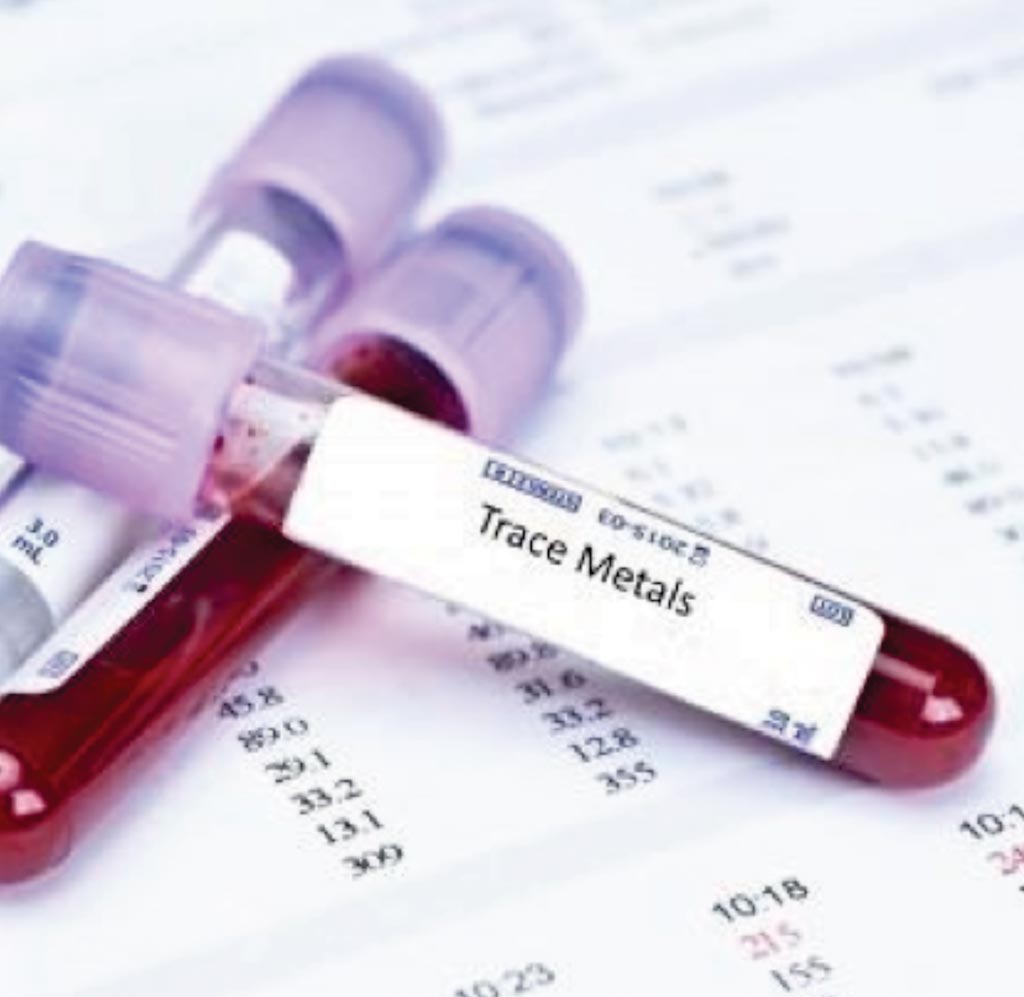Trace Metal Concentrations Influence Glucose Regulation in Pregnancy
By LabMedica International staff writers
Posted on 12 Jun 2019
Gestational diabetes is a condition in which a woman without diabetes develops high blood sugar levels during pregnancy. Gestational diabetes generally results in few symptoms; however, it does increase the risk of preeclampsia, depression, and requiring a Caesarean section.Posted on 12 Jun 2019
Pregnant women with higher plasma concentrations of copper measured during the first trimester were more likely to have elevated glucose levels in the second trimester, increasing the risk for gestational diabetes (GDM), whereas higher concentrations of the trace metal molybdenum were associated with reduced glucose levels.

Image: Research shows that trace metals concentrations in the blood may influence glucose regulation in pregnancy (Photo courtesy of bluehorizon).
Scientists from the Harvard T.H. Chan School of Public Health (Boston, MA, USA) and their colleagues analyzed data from 1,857 healthy, normal-weight women from 12 clinical sites in the USA between July 2009 and January 2013. The team measured concentrations of zinc, selenium, copper and molybdenum in blood plasma samples collected during the first trimester of pregnancy (median, 12 weeks’ gestation). Primary outcome was blood glucose levels during the second trimester after a 1-hour 50 g gestational load test (median, 27 weeks’ gestation).
Among 264 women with an abnormal gestational load test, 58 women were diagnosed with gestational diabetes after an oral glucose tolerance test (OGTT). An additional 76 women with a normal gestational load test also underwent an OGTT, with nine women diagnosed with gestational diabetes. The team found that levels of plasma zinc (median, 806 µg/L) and plasma selenium (median, 123 µg/L) were comparable to measurements among non-pregnant women measured in the National Health and Nutrition Examination Survey (NHANES), whereas levels of copper (median, 1,874 µg/L) were higher versus NHANES-measured levels.
The investigators found that higher concentrations of copper measured during the first trimester were associated with higher glucose levels measured during the second trimester, with each 50% increase in copper concentrations related to a 4.9 mg/dL higher glucose level measured via the gestational load test. In contrast, a 50% increase in molybdenum concentrations was associated with a 1.2 mg/dL lower mean glucose level measured via gestational load test. For every 50% increase in copper concentration, women were 1.53 times more likely to have an abnormal gestational load test and for every 50% increase in molybdenum, women were 14% less likely to have an abnormal gestational load test.
The authors concluded that higher copper and lower molybdenum concentrations could increase the risk of glucose dysregulation during pregnancy, with women at higher risk of GDM potentially affected to a greater extent. Further work is needed to understand the mechanisms involved with early pregnancy essential metal(loid)s in order to inform clinical diagnosis and prevention for glucose intolerance during pregnancy. The study was published on May 16, 2019, in The Journal of Clinical Endocrinology & Metabolism.
Related Links:
Harvard T.H. Chan School of Public Health












.jpg)
